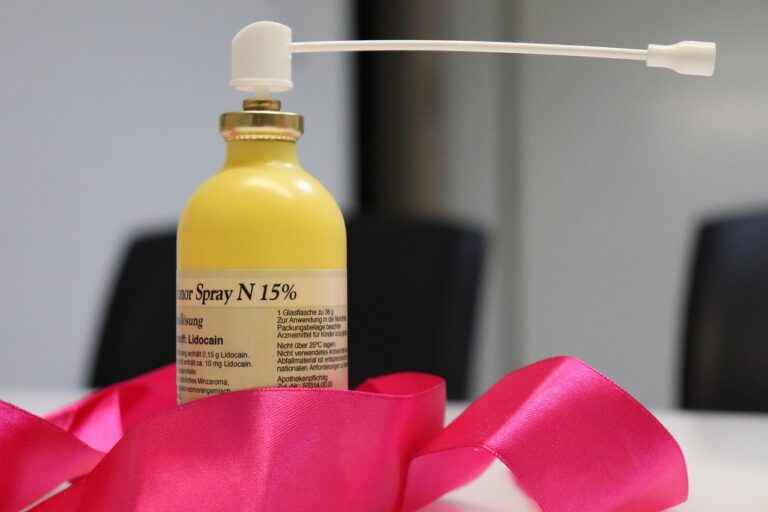Innovations in Lab Testing for Rare Genetic Dermatological Disorders: 11xplay, Reddy anna book, Goldenexch 7777
11xplay, reddy anna book, goldenexch 7777: Rare genetic dermatological disorders are conditions that affect a small percentage of the population and often present unique challenges in terms of diagnosis and treatment. Over the years, advancements in lab testing techniques have revolutionized the way these disorders are identified and managed. In this blog post, we will explore some of the latest innovations in lab testing for rare genetic dermatological disorders.
1. Next-Generation Sequencing (NGS)
NGS, also known as high-throughput sequencing, is a cutting-edge technology that allows for the rapid sequencing of millions of DNA molecules simultaneously. This approach has significantly improved our ability to identify genetic mutations associated with rare dermatological disorders, enabling more accurate diagnosis and personalized treatment strategies.
2. Whole-Exome Sequencing (WES)
WES is a type of NGS that focuses on sequencing the protein-coding regions of the genome, known as the exome. By targeting these regions, WES can efficiently identify genetic variants responsible for rare skin conditions, such as ichthyosis and epidermolysis bullosa, leading to faster and more precise diagnoses.
3. Array Comparative Genomic Hybridization (aCGH)
aCGH is a technique used to detect chromosomal abnormalities, such as deletions or duplications, in a patient’s DNA. This method has been instrumental in identifying gene mutations associated with rare genetic dermatological disorders like neurofibromatosis and tuberous sclerosis complex, providing valuable insights into disease mechanisms.
4. RNA Sequencing
RNA sequencing is a powerful tool for studying gene expression patterns in skin cells affected by genetic disorders. By analyzing the transcriptome, researchers can identify dysregulated genes and pathways contributing to disease pathogenesis, paving the way for the development of targeted therapies.
5. Immunohistochemistry (IHC)
IHC is a technique used to visualize the presence and localization of specific proteins in skin tissue samples. This method is particularly useful for diagnosing rare genetic dermatological disorders characterized by abnormal protein expression, such as xeroderma pigmentosum and Gorlin syndrome.
6. Mass Spectrometry
Mass spectrometry is a versatile analytical tool that can be used to detect and quantify proteins, lipids, and metabolites in skin samples. This technique has been instrumental in uncovering biomarkers for rare skin diseases, aiding in early diagnosis and monitoring of treatment responses.
FAQs:
Q: How do these innovative lab testing techniques benefit patients with rare genetic dermatological disorders?
A: These advanced technologies enable rapid and accurate diagnosis, personalized treatment approaches, and a deeper understanding of disease mechanisms, ultimately improving patient outcomes and quality of life.
Q: Are these lab tests widely available to patients with rare genetic skin conditions?
A: While some of these tests may still be considered specialized and limited in availability, their increasing adoption in clinical practice is expanding access to accurate diagnosis and targeted treatments for individuals with rare genetic dermatological disorders.
In conclusion, innovations in lab testing have revolutionized the field of dermatology, particularly in the diagnosis and management of rare genetic skin disorders. These cutting-edge technologies are paving the way for a personalized approach to patient care, offering hope for improved outcomes and quality of life for individuals with these challenging conditions.







